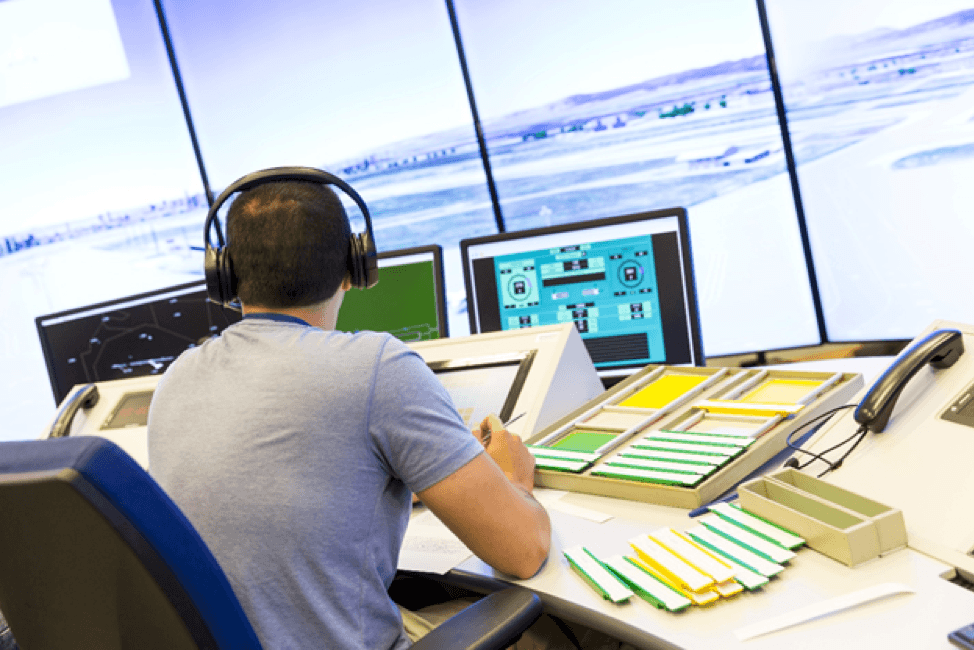What Does the Federal Aviation Administration Do Exactly?
The FAA. If you’re a student at AeroGuard, spent any time at all on our pages, or gone through an airport recently, you’ve seen those letters pop up. They stand for the Federal Aviation Administration, a U.S. authority over civil aviation. They have plenty of functions, major and minor, in our day to day lives as pilots, trainees, instructors, and mechanics. Today on the AeroGuard Blog we are looking at what the Federal Aviation Administration is all about, from its history to their day-to-day dealings.
History
The FAA was formed 60 years ago, on August 23rd, 1958. However, this is not the government’s first dalliance with aviation regulation. Thirty years prior, the burgeoning aviation industry pushed for government regulation over civil aviation. They believed that without proper government oversight and regulations the airline industry couldn’t reach its fullest potential. Thus, the Air Commerce Act of 1926 came to be, beginning government regulations on the aviation industry.
Organization and Functions
The FAA operates out of Washington, D.C. with additional offices in New Jersey and Oklahoma, as well as regional headquarters throughout the country. The FAA has several lines of business with specific roles in the organization. They regulate and manage airports, aviation safety, air traffic organization, commercial space transportation, hazardous materials safety, flight inspection standards, developing and fostering new technologies, certifying pilots and so much more.
Safety Regulation and Airspace Management
The FAA determines, issues and enforces minimum safety standards and regulations. They certify the airports and airmen who serve the various carriers. They build, install, operate and maintain electronic and visual aids to assist in the safe navigation of aircraft. These make up the network of towers, air traffic control centers and service stations to create the most efficient air traffic.
Aviation Advocacy
The FAA also promotes the safest aviation policies in civilian aviation abroad. They take part in international aviation conferences to ensure the policies of the American aerospace is understood as well as rigorously maintained. It’s not just about America’s aviation, it’s the world’s best practices they follow and engage with. They readily share aeronautical information with foreign aviation authorities as well as certify their airmen, repair shops and their mechanics. Where training is needed, the FAA is happy to step in and provide the technical know-how.
Research, Development, Engineering
Speaking of know-how, the FAA doesn’t rest on its laurels of what has hardly been achieved. As aircraft and aerospace continue to evolve and change, it is up to the FAA to continue to develop the best processes and systems for safe and efficient air travel.
Setting the Standard
The other crux of what the FAA does is provide a standard set of metrics to which all aviators, vehicles, ports and other facilities have to adhere to. They take all that expertise, research and engineering and create the baselines for safety and efficiency throughout the skies.
The FAA exists to support and bolster the aviation industry, not the other way around. By having a regulated standard, everyone is held accountable and with that solid foundation, everyone in the industry is able to flourish and grow until those heights become the new standard.
We’ve mentioned safety and efficiency repeatedly throughout this blog and there is a clear reason why. The FAA’s goal, according to them, is to provide the safest, most efficient aerospace system in the world. They do just that, by fostering innovation, working with the best people and the most integral processes, to ensure that whether you’re a hobbyist taking your Piper Archer out for a spin or piloting the long haul from LA to Australia, you’re in good hands.
Ready to earn your stripes? Looking to get certified as an airman and become an AeroGuard Cadet? Then head over to our contact page, reach out to an enrollment advisor and get the ball rolling.



